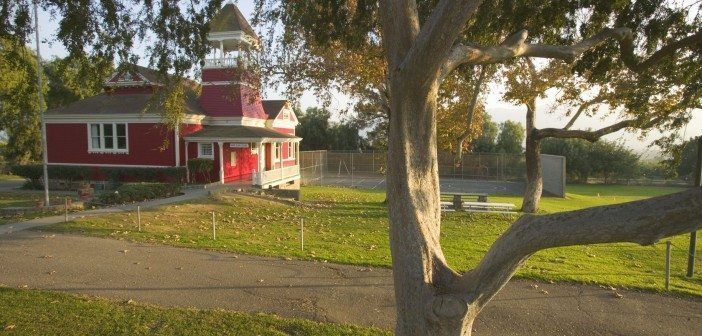Approximately 30% of U.S. households in remote and rural communities still lack access to high speed broadband, and availability of fixed terrestrial broadband services in rural America continues to lag behind urban and suburban areas at all speeds. High speed internet access via DSL, cable and fiber is still cost prohibitive in rural and remote areas, and is available is only where providers can deploy these networks profitably.
Approximately 2,000 WISPs currently fill this gap by providing fixed wireless broadband services to more than 4 million households in small towns and rural communities in all 50 US states. Although the WISP industry is still highly fragmented, consolidation among WISP has been accelerating.
Rise Broadband has leveraged private equity investments by Antares Capital and LStar Capital to acquire 100+ smaller operators since its founding in 2006, and is now the largest U.S. WISP with approximately 200,000 subscribers in 16 western states. The next largest WISP, SpeedConnect, now serves 50,000 subscribers in 10 mid-west and southern states, having leveraged funding from NewSpring Capital and a Kemper Corp. subsidiary to acquire CommSpeed and Sioux Valley Wireless. Although the majority of these subscribers are being served using proprietary technologies in unlicensed 5GHz spectrum, we have seen a significant uptick in investment in the use of 4G LTE technologies using licensed spectrum as a key technology enabler of fixed wireless broadband in rural areas where communities are small and housing density is low.
